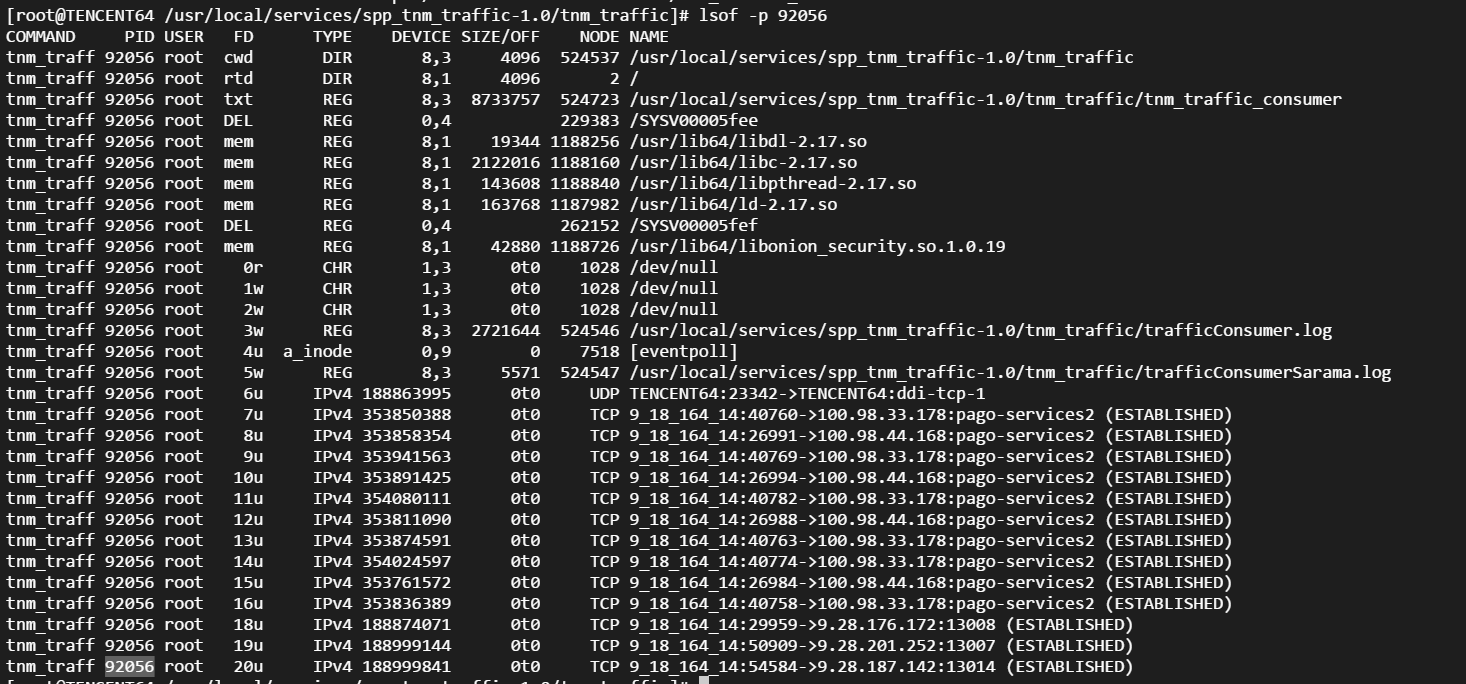cursor.executemany(
sql.SQL(
"""
INSERT INTO local_table (
foreign_key_id,other_foreign_key_id,datetime,comment
)
SELECT other_local_table.id,%s,(object_date + to_timestamp(object_time,'HH24:MI')::time) at time zone '…',comment
FROM imported_schema.remote_table
JOIN other_local_table ON other_local_table.code = remote_table.code
"""
),[(dummy_id,)],)
但是,一段时间后,本地Postgres服务器总是会被OOM杀死.我期待Postgres将新行刷新到磁盘以避免内存不足,但据我所知,这只是没有发生 – / var / lib / docker / volumes / vagrant_postgres_data只增加几MB而驻留内存使用成长为GB.本地服务器没有足够的RAM来将整个结果集保存在内存中,因此我需要一个不涉及更昂贵的硬件设置的解决方案.
我是否需要设置类似wal_sync_method或work_mem的东西才能生效?
根据文档,executemany应该是工作的正确工具:
The function is mostly useful for commands that update the database: any result set returned by the query is discarded.
在Linux上在两台服务器上运行Postgres 10.6 containers,在本地运行Django 2.1.我没有使用FDW以外的任何扩展.
解释计划:
Insert on local_table (cost=817872.44..818779.47 rows=25915 width=56)
-> Subquery Scan on "*SELECT*" (cost=817872.44..818779.47 rows=25915 width=56)
-> HashAggregate (cost=817872.44..818390.74 rows=25915 width=48)
Group Key: other_local_table.id,1,timezone('…'::text,(remote_table.object_date + (to_timestamp((remote_table.object_time)::text,'HH24:MI'::text))::time without time zone)),remote_table.comment
-> Nested Loop (cost=101.15..807974.88 rows=989756 width=48)
-> Nested Loop (cost=0.57..60.30 rows=73 width=12)
-> Nested Loop (cost=0.29..42.35 rows=38 width=4)
-> Seq Scan on fourth_local_table (cost=0.00..7.45 rows=1 width=4)
Filter: ((code)::text = '…'::text)
-> Index Scan using … on third_local_table (cost=0.29..34.49 rows=41 width=8)
Index Cond: (id = fourth_local_table.id)
-> Index Scan using … on other_local_table (cost=0.29..0.45 rows=2 width=16)
Index Cond: (id = third_local_table.id)
-> Foreign Scan on remote_table (cost=100.58..9421.44 rows=151030 width=20)
set vm.overcommit_memory=2 in /etc/sysctl.conf … This will disable memory overcommitment and avoid postgresql killed by OOM killer.
这是解决方案吗?
解决方法
要诊断这一点,您应该首先配置系统,以便获得常规的OOM错误,而不是调用OOM杀手.这意味着使用sysctl设置vm.overcommit_memory = 2并将vm_overcommit_ratio调整为100 *(RAM – swap)/ RAM.
当服务器收到OOM错误时,它会将当前内存上下文及其大小转储到PostgreSQL日志中.这应该指示内存的去向.如有疑问,请将其添加到问题中.
您使用的是第三方扩展吗?

 linux常用进程通信方式包括管道(pipe)、有名管道(FIFO)、...
linux常用进程通信方式包括管道(pipe)、有名管道(FIFO)、... Linux性能观测工具按类别可分为系统级别和进程级别,系统级别...
Linux性能观测工具按类别可分为系统级别和进程级别,系统级别... 本文包含作者工作中常用到的一些命令,用于诊断网络、磁盘占满...
本文包含作者工作中常用到的一些命令,用于诊断网络、磁盘占满... linux的平均负载表示运行态和就绪态及不可中断状态(正在io)的...
linux的平均负载表示运行态和就绪态及不可中断状态(正在io)的... CPU上下文频繁切换会导致系统性能下降,切换分为进程切换、线...
CPU上下文频繁切换会导致系统性能下降,切换分为进程切换、线...